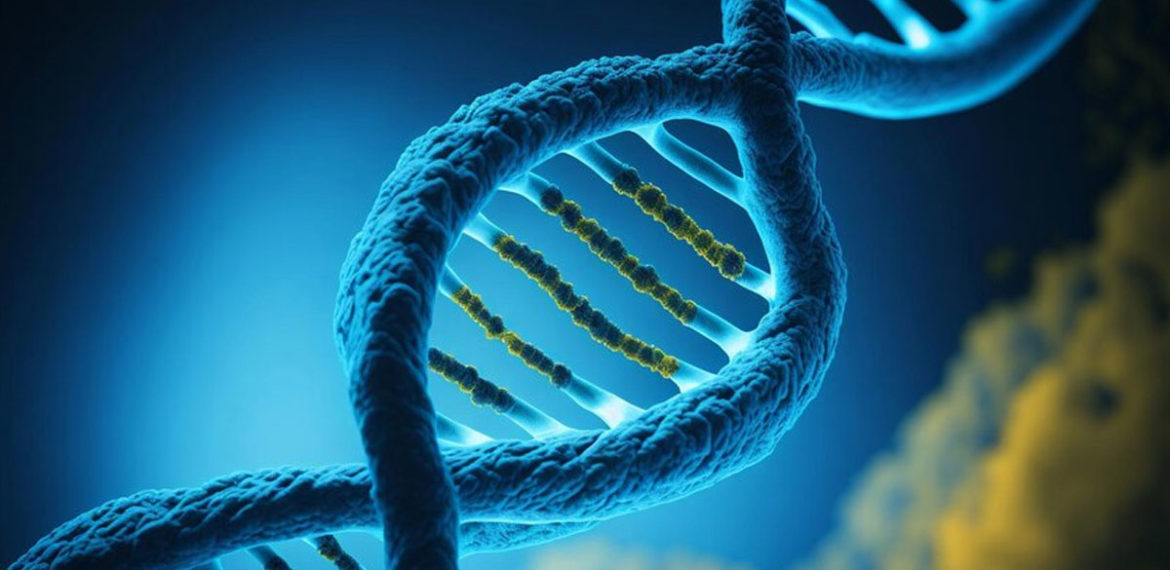Breast cancer remains one of the most common cancers worldwide, affecting millions of women each year. Despite its prevalence, there has been significant progress in its detection and treatment, largely due to advances in medical technology. One of the most transformative developments has been the use of biomarkers in early detection, helping shift breast cancer care from reactive treatment to a proactive, personalized approach.
Contents
Understanding Biomarkers in Breast Cancer
Biomarkers are measurable indicators found in blood, tissue, or other bodily fluids that can signal the presence of a disease, such as cancer. In oncology, biomarkers are invaluable tools used to detect the presence of cancerous cells, predict how a cancer will behave, and determine the most effective treatment options. Biomarkers can be genetic, proteomic, or cellular in nature, and in breast cancer, they help identify specific characteristics of the tumor that are essential for targeted therapies.
In breast cancer, there are several types of biomarkers, each with a unique role in diagnosis, prognosis, and treatment.
- Prognostic Biomarkers: These biomarkers provide information about the likely progression of the disease. For example, the Ki-67 protein is used as a prognostic biomarker to measure how quickly cancer cells are dividing, helping doctors predict how aggressive the cancer is.
- Predictive Biomarkers: Predictive biomarkers help determine how a patient might respond to a specific treatment. HER2 (human epidermal growth factor receptor 2) is a well-known predictive biomarker in breast cancer. Patients with HER2-positive breast cancer are more likely to respond to targeted therapies like trastuzumab (Herceptin).
- Diagnostic Biomarkers: These biomarkers help identify whether cancer is present, often before physical symptoms appear. In breast cancer, BRCA1 and BRCA2 gene mutations serve as diagnostic biomarkers, indicating a higher risk for developing the disease.
The Role of Early Detection in Breast Cancer
For decades, early detection has been the cornerstone of improving breast cancer outcomes. Traditional detection methods include mammography, magnetic resonance imaging (MRI), and ultrasound. These imaging techniques have allowed doctors to spot tumors at an earlier stage when they are more treatable. However, these methods have limitations. Mammograms, for example, can miss some cancers, especially in women with dense breast tissue, and may also result in false positives, leading to unnecessary biopsies.
How Biomarkers Are Enhancing Early Detection
This is where biomarkers come in. Biomarkers enable detection at the molecular level, often before a tumor becomes visible on imaging tests. One emerging tool in this area is the liquid biopsy, which detects tiny fragments of tumor DNA circulating in the blood. These minimally invasive tests can find cancer at an earlier stage, when the tumor is too small to be seen with traditional imaging. By identifying the molecular signatures of cancer, biomarkers provide a more precise picture of what is happening inside the body, allowing for earlier and more accurate diagnoses.
The Impact of Biomarkers and Early Detection on Treatment
Biomarker-driven early detection has made personalized treatment, or precision medicine, a reality for many breast cancer patients. This approach tailors treatment to the individual characteristics of the patient’s cancer, rather than using a one-size-fits-all method. For example, if a tumor is HER2-positive, the patient may receive HER2-targeted therapies like trastuzumab, which specifically attack cancer cells that overproduce the HER2 protein. This not only improves the effectiveness of the treatment but also minimizes damage to healthy cells, reducing side effects.
Reducing Over-Treatment and Misdiagnosis
One of the significant benefits of biomarker testing is its ability to reduce over-treatment. In the past, breast cancer patients often received aggressive treatments such as chemotherapy or radiation, even for cancers that may not have required such an approach. Biomarkers allow for more refined treatment plans, ensuring that only patients who truly need aggressive treatment receive it. This not only spares patients from unnecessary side effects but also improves their quality of life during treatment.
Improving Survival Rates and Outcomes
Perhaps the most profound impact of biomarkers and early detection has been the improvement in survival rates. By catching cancer early and tailoring treatment to the specific type of cancer, patients have a much better chance of survival. For example, studies show that HER2-positive breast cancer patients who receive targeted therapies have significantly better outcomes than those who don’t. This targeted approach to treatment, made possible by biomarkers, is changing the long-term prognosis for breast cancer patients, with more people living longer, healthier lives post-treatment.
Current Challenges and Future Directions
Despite the advancements in biomarker testing and early detection, there are still challenges to widespread implementation. One major barrier is access to these advanced technologies. While patients in developed countries may have ready access to biomarker testing, those in lower-resource regions may not. Cost is another factor—biomarker tests and treatments based on these findings can be expensive, limiting their use to certain healthcare systems.
Ongoing research in RX development and the discovery of new biomarkers hold the promise of further transforming breast cancer care. Scientists are exploring new technologies such as artificial intelligence (AI) and machine learning to analyze biomarker data more efficiently. These advancements could lead to the identification of even more specific biomarkers, providing deeper insights into each patient’s cancer and enabling even more personalized treatments.
Conclusion
Biomarkers and early detection are fundamentally changing how breast cancer is diagnosed and treated. From personalized treatment plans to improving survival rates, these advancements are creating a more precise, effective, and compassionate approach to breast cancer care. As research continues, we can expect even greater innovations that will further improve outcomes and quality of life for breast cancer patients worldwide.

